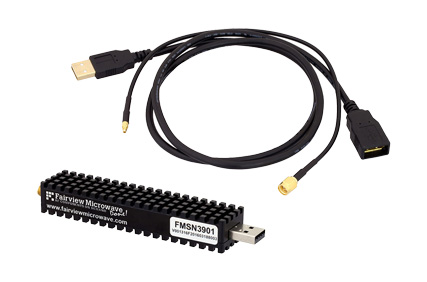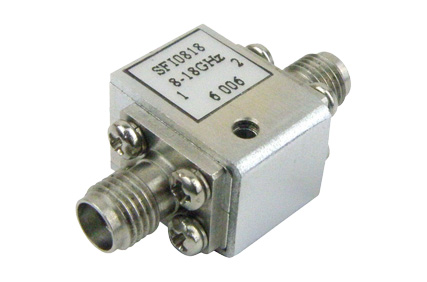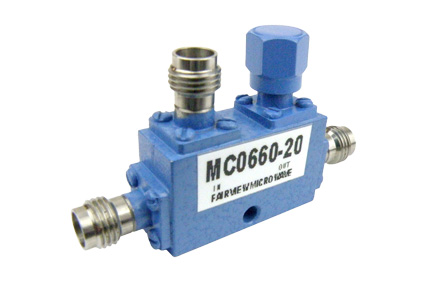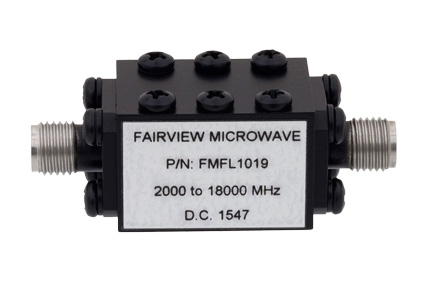How Do RF Frequency Synthesizers Work?

Most RF applications require, or benefit, from a highly accurate and stable frequency source. One of the most common ways of generating such a source is using RF Frequency Synthesizers. There are many types of RF frequency synthesizers, but the basic premise for these devices is that they use an oscillator reference frequency and a feedback network that results in a stable high frequency source. There are types of frequency synthesizers, direct synthesizers, that don’t use any type of frequency translation element and directly generate the synthesized waveform. This is either done using an analog source or via direct digital synthesis (DDS). The analog frequency synthesizer approach is used in some modern applications but is generally not as compatible with the requirements of the latest wireless communications, sensing, and imaging technologies. As direct digital synthesis devices become more common and lower cost, these devices are increasingly being used as they can help realize software-defined RF systems that are both compact, efficient, and flexible. The cost and complexity of implementing DDS is a limiting factor in many applications, and there are many common indirect frequency synthesis technologies with relatively inexpensive or high-performance modules that are readily available as commercial-off-the-shelf (COTS) or team’s that can design and manufacture custom devices.
The basic components of an indirect type of frequency synthesizer, such as phase locked loop (PLL), are the reference, a phase detector, a frequency divider (programmable fractional n-divider for instance), a voltage-controlled oscillator (VCO), and a feedback filter (often a loop filter). The idea is that the output signal of the VCO is divided down in frequency to the order of the reference frequency and the difference is fed to the loop filter that corrects the VCO’s output. If the phase detector and reference operate at the same frequency range as the VCO, then a frequency divider is not needed. The frequency divider can be analog or digital, which is the main differentiator between an analog or digital frequency synthesizer. An example of a digital and digitally controllable frequency synthesizer is a USB Controlled PLL Frequency Synthesizers.
By adjusting the ratio of the frequency divider, it is possible to control the output frequency of the VCO. If the synthesizer is being used in a channelized communications system, the comparison frequency/reference frequency is generally chosen to be equal to the channel spacing, which eases the complexity of the design and simplifies the RF circuit for some applications, such as FM radio.




